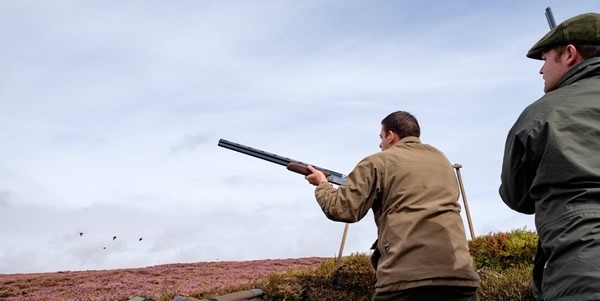Written by James Swyer, Press and Publications Manager
1 Minute Read
Lindsey Waddell is quite right when he asserts that ‘if you want to retain our bird populations in the uplands, there is good reason to wind things back’ (Upland keeper, 23 February). Much is made of rewilding to a bucolic, distant and sometimes fictional period of history where our fields were awash with beasts of all shapes and sizes, but we’d do well to look at the most recent past and learn from other custodians of the land. We cannot turn back the clock to a time when landscapes went unmanaged, nor should we want to, so let’s take the best of what we know and manage heather, predators and all other aspects of our uplands for the greatest possible outcome.

Support our vital conservation work and win a truly unique shooting experience by entering one of our shoot raffles - limited tickets available.
View GWCT Shoot Raffles >